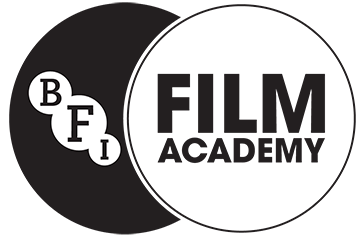2.1 Explain the working culture of the film industry

2.2 Describe a range of key job roles and responsibilities in the film industry
Job roles in film production
A Producer- A film producer oversees the production of a film; they are either employed by a production company or work independently. They plan and organise many aspects of the film production such as coordinating writing, arranging finance . The producer supervises the preproduction, production and post-production of film making. They are involved with hiring the director and other crew members. The producer typically manages the logistics and business operations. Sometimes the producer can be the director of the film as well.
A director- A director is the person who directs the making of the film. They control a film’s artistic, dramatic and visual aspects. They also guide the technical crew and actors involved in the film. The director chooses the cast members, production design and the creative aspects of the film making. The director gives creative direction to the cast and crew to create there overall vision. The director must be able to mediate differences in creative visions with other elements such as the budget. A director will work very closely alongside the producer who is in charge of the logistics more than the creative side.
Director of photography- The ‘DoP’ is in charge of the look of the frame. He is in charge of the camera and lighting crew. The DoP makes decisions on the lighting and framing of shots in conjunction with the film’s director. Typically the director would tell the DoP how they want the shot to look, and the DoP chooses the correct lens, filter, lighting and composition. The DoP is part of the senior creative crew.
Production sound mixer- also known as the sound recordist is the head of the sound department on location and is responsible for the operation of the audio mixer and recorders which receive feeds from the microphones on set. It is there responsibility to control how the sound is going to work in each shot.
Art director- the art director reports to the production designer and directly oversees artists and craftspeople, such as the set designers, graphic designers and illustrators who give form to the production design. The art director works closely with the construction coordinator and key scenic artist. They usually oversee the budget and schedule of the over development.
2.3 Potential progression routes into the film industry and wider sector

Are there other opportunities you are interested in? What are your next steps?
I would really be interested in working in sound production in the future as it was something I have never done before but throughout our shoot I really enjoyed doing. I would like to study some sort of film production or media based course in university but the exact course I am unsure of at this moment in time.
I would really be interested in trying to get some sort of work experience at local media companies such as Aardman animation and learn some more about the creative side of film production. I would really like to make some more short documentaries about Bristol skateboarding and also about the Bristol underground music scene, where I could use local skateshops and music venues to help distribute and contribute to.
The networks I will join are the BFI facebook group and also stay in contact with my peers on this course which can also help with my networking. The opportunities I’d like to take on in the future would be to work with my brother to produce some short documentaries to upload to youtube.
Learning from Masterclasses


Hi Otis this is a very clear summary of key production roles in film. well done. Please add a diagram of roles in documentary production. Your production diary and masterclass notes will show understanding of how roles work together on set and further roles in film and the wider media sector in order to achieve this criteria.
Hi Otis,
You have learnt alot about the nature of the film industry and thought about potential routes in – you have sufficient evidence to show that you have achieved this learning outcome – 2 Understand professional development opportunities within the film industry